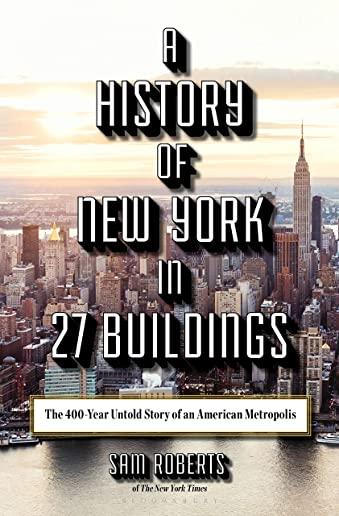
Roberts, Sam
product information
description
7
From the urban affairs correspondent of the New York Times--the story of a city through twenty-seven structures that define it.
As New York is poised to celebrate its four hundredth anniversary, New York Times correspondent Sam Roberts tells the story of the city through bricks, glass, wood, and mortar, revealing why and how it evolved into the nation's biggest and most influential. From the seven hundred thousand or so buildings in New York, Roberts selects twenty-seven that, in the past four centuries, have been the most emblematic of the city's economic, social, and political evolution. He describes not only the buildings and how they came to be, but also their enduring impact on the city and its people and how the consequences of the construction often reverberated around the world. A few structures, such as the Empire State Building, are architectural icons, but Roberts goes beyond the familiar with intriguing stories of the personalities and exploits behind the unrivaled skyscraper's construction. Some stretch the definition of buildings, to include the city's oldest bridge and the landmark Coney Island Boardwalk. Others offer surprises: where the United Nations General Assembly first met; a hidden hub of global internet traffic; a nondescript factory that produced billions of dollars of currency in the poorest neighborhood in the country; and the buildings that triggered the Depression and launched the New Deal. With his deep knowledge of the city and penchant for fascinating facts, Roberts brings to light the brilliant architecture, remarkable history, and bright future of the greatest city in the world.member goods
No member items were found under this heading.
listens & views

PRAISE THE LORD PASS THE ...
by JOOS,TODD ANTHONY AND THE REVELATORS
COMPACT DISCout of stock
$12.25
Return Policy
All sales are final
Shipping
No special shipping considerations available.
Shipping fees determined at checkout.






